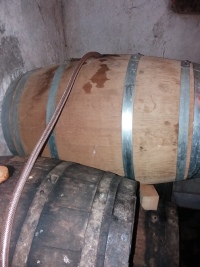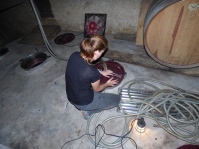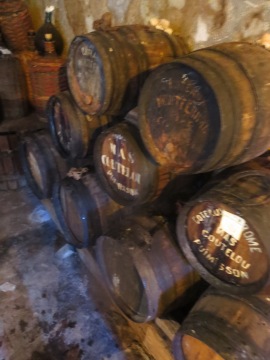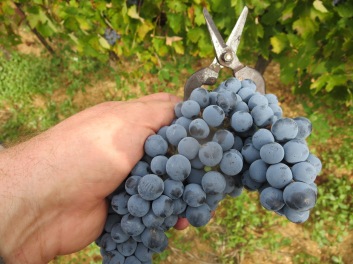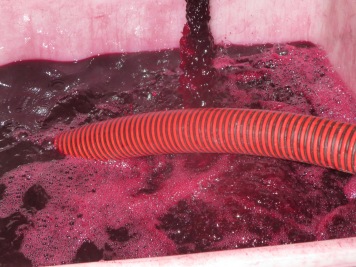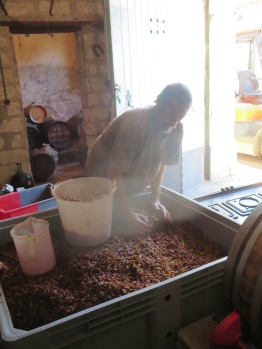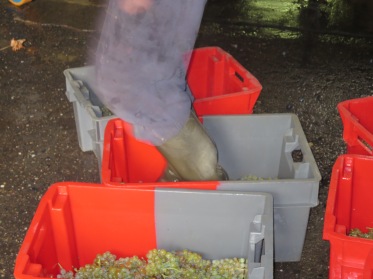
Christmas Eve, a time to celebrate. It could have been Champagne but instead I opened one of my favourite wines, Flower Power, this time the 2016 in magnum. This is a field blend of many types of grape largely based around Aramon Noir and Gris but many more besides. This was very young, fresh and fruit filled. It was rounder two days afterwards, another sign that it needs more time. Regular 75cl bottles will mature quicker of course but no matter how long you wait the wine is worth it. Flower Power is a relatively new wine from a young vineyard, yet it is developing into a real star.
Christmas Day lunch is often a time when we share good bottles with my brother in law Iain. This year was no exception. Iain brought a Portuguese white based on Alvarinho (Albarino in Spain) to match the smoked salmon starter. Fresh, zesty but with a fruity roundness this was very good and a great match with the salmon, cutting through the smokiness and richness. Portugal is becoming a source of excellent table wines which are still undervalued.
Then, following the article I wrote for Frankie Cook’s website, it was time for my favourite Mas Coutelou wine La Vigne Haute 2013. Pure Syrah and everything I hoped for. Plummy, dark fruits, spice and with great length it matched perfectly with my vegetarian crumble and, I am told, with the turkey and ham. Brilliant wine.
For dessert I brought along a Jurancon from Domaine Montesquiou, La Grappe D’Or 2014. Pure Petit Manseng this is another exceptional wine from one of the very best white wine producers in France. Sweet, of course, with baked apple, spice and a pure acidity to cut through the Christmas Pudding. Finished two days later it was still on top form, there are many years ahead for this wine. Happily I have some more.
A few days later we shared another meal and more great wines. I opened the 2015 barrel aged Macabeo from Mas Coutelou. The grapes were in excellent condition (as so many were in that exceptional vintage) so Jeff chose a special barrel. The result is something unusual for the domaine, not many oak aged wines emerge. Macabeo is the same grape as Viura in Spain, especially Rioja. And this wine reminds us of white Rioja. There is an unctuous, round pear flavour with a slight resin/oak influence. It is a food wine rich and long. Another which aged well opened over the next 24 hours.
Iain brought along a very special wine. RWT is another pure Syrah or Shiraz in this case (another example of grapes with multiple names!). It is one of Penfolds top wines, made from specially selected grapes. This bottle was 1999 and was a full, rich wine with plenty of dark fruits, a subtle oak influence and great length, In truth, it would age for many years to come but it was great now. A special bottle. Note the sticker on the bottle. Iain bought this for £9 a few years ago, bottles of more recent vintages sell at around £100! Australian wines, especially those from Penfolds, emerged on the market at very reasonable prices, these days they are very much wines for special occasions.
Finally, another treat. I opened a bottle of Vieux Grenache from Jeff. This is, of course, from the solera cellar, built on wines from up to 150 years old, topped up every year with Grenache, and Muscat in some barrels. Nutty, dry, raisiny – very resonant of top notch sherry. Amazing length, evocative of the place and of the Coutelou family. And a fantastic match for the bread and butter pudding.






